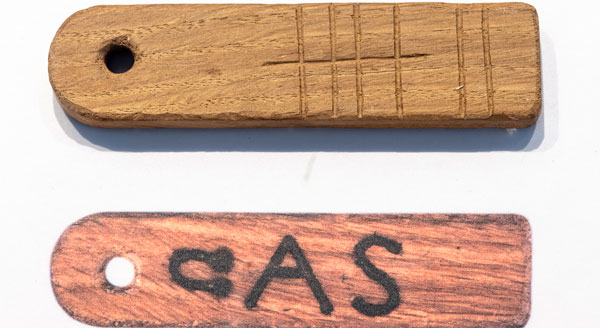The ability to calculate is one of the great human achievements. The basis for this was established at a very early stage when quantities were recognized and named.
Knowledge of numerals was the prerequisite for written arithmetic. The Babylonians already had a numeral system for recording and calculating quantities. Other important principles of arithmetic were decimal numbers and the place value system, which splits numbers up into units, tens, hundreds etc.
Arithmetic aids
The different methods of counting constitute a simple form of addition. It was possible to record results by juxtaposing small objects or using marks, for example on tally sticks, or knotted cords, which corresponded to the number of items counted. Early variable arithmetic aids include fingers and the abacus, which was invented in China in the second century. At about the same time, comparable developments appeared in Arabia, Europe and - later - Russia. The most important of these can be seen in the exhibition.
Special schools
"Reckoning on the lines" (reckoning with counters on a table with engraved lines) and written arithmetic evolved from calculating with beads on a rod. These two new methods were described by Adam Ries, working in Saxony, in his well-known arithmetic books from 1520 on. From about 1500, written arithmetic was taught at special schools, and numerous manuals were published for people to practise with.
Numerous aids were developed to accelerate commercial and geometric calculations. These included tables - such as logarithms, which were discovered in around 1600 - as well as proportional dividers and slide-rules. Some of these were special intruments to meet the requirements of various sciences such as astronomy, navigation, geodesy etc. They were the basis for the development of mechanical calculating machines that followed immediately afterwards.
